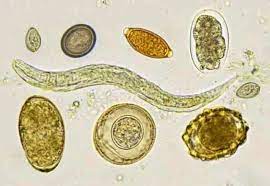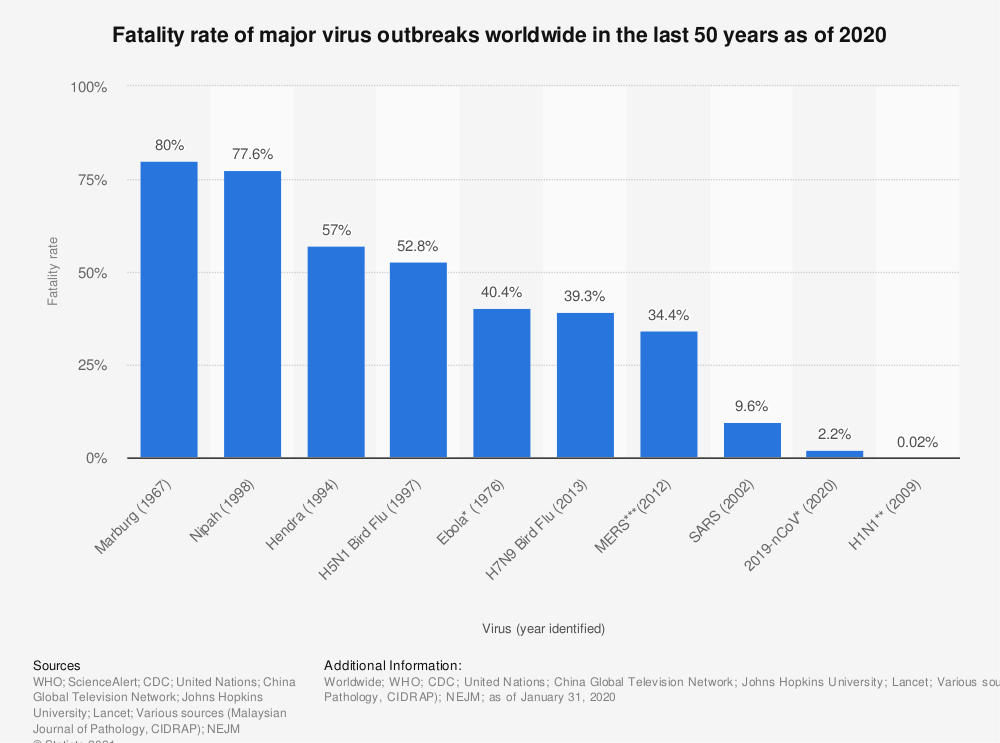Parasitic infections are the most common infectious agents of humans in developing countries. They produce a global burden of disease that exceeds better-known conditions, including malaria. Examination of stool and urine for parasitic stages is the least expensive and most common method of diagnosis. Stool examination to detect protozoal and helminthic infections is the most widely available method. Stool and urine microscopic examination can identify many parasitic species that infect humans. However, the sensitivity of this technique is highly based on procedural proficiency.





